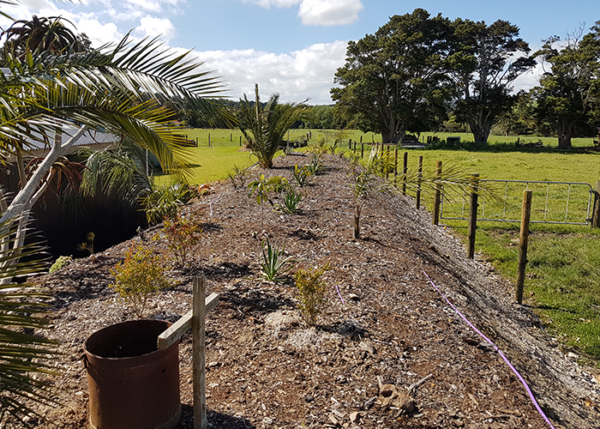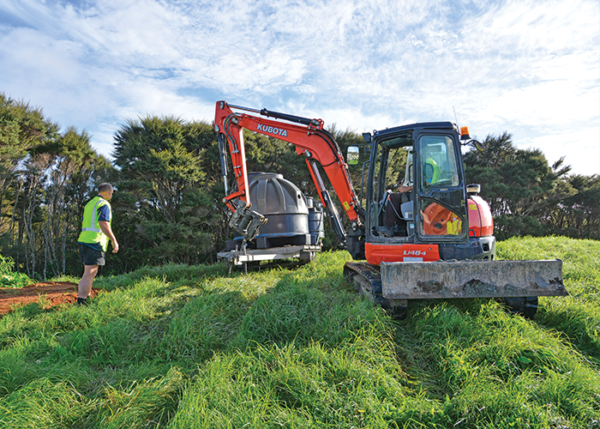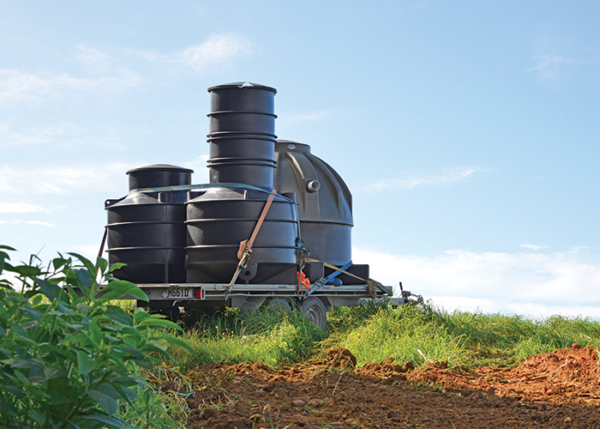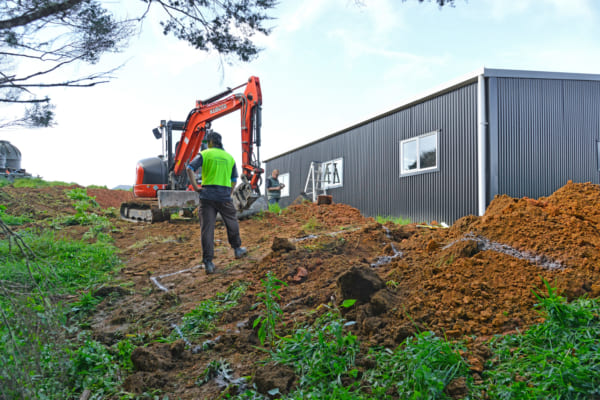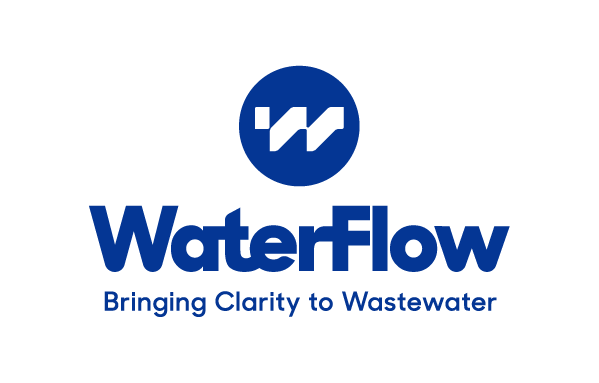A traditional septic tank is commonly a large tank designed to contain human biological waste until it is broken down into various forms of matter by natural processes. Over time, gases and water are eliminated from the tank, while solid sludge sinks to the bottom of the tank. The sludge is then removed by a pumping process every three to five years.
Apart from human waste, septic tanks handle kitchen wastes, bath water, non-biodegradable products, to name a few. The exposure to various kinds of waste can result in system malfunction. The following are potential problems that can cause septic tanks to fail:
Excess Water
In the event of excess water, solid wastes don’t get a chance to be broken down. Solid sludge needs time to sink down to the bottom, where it should stay. When the water level in the tank rises high enough to release waste out of the tank, the waste goes through distribution tubes that are only built for liquid wastes. With excess water, solid particles rise up together with the water, clogging the tubes and resulting in overflowing.
Flushing Non-Biodegradable Items
Wet wipes, cigarette butts and paper towels are non-biodegradable items that commonly get flushed down the toilet. When they enter a septic tank, they are never removed naturally. The water inside the tank then rises up, forcing particles of non-biodegradable items into the distribution system. Even so-called ‘flushable’ products, such as diaper liners, do not break down as they should causing undue build-up of non-biodegradable items, that can be flushed down a toilet.
Too Much Detergent
Apart from solid items, liquids that are drained from kitchen sinks or laundry rooms may also damage a septic tank. Phosphates from dishwashing liquid and laundry detergent act as fertilisers that encourage algae growth that block perforations in a tank’s distribution pipes. It’s also worth remembering that using lots of detergent does not guarantee that your washing machine will rinse all the residue away and properly dilute it.
Harsh Chemicals
Products such as solvents, motor oil and paint thinners are not good for septic tanks. Disposing of them through the tanks distributes them into the surrounding soil, which pollutes the environment and makes it unfit for plant growth. These harsh products kill off bacteria and other decomposers inside a tank that are necessary to break down waste in a septic system.
An Innovative Septic Tank
For waste disposal system more efficient than septic tanks, Naturalflow has the solution. We offer alternative septic tank systems that separate solid and liquid waste right at the start of the treatment process. This breaks down the waste to harmless humus through vermiculture and other natural processes. With our filtration systems, liquid waste will be completely free of contaminants before being distributed to the soil.
Unlike traditional septic tanks, which need to be pumped out for every three to five years, Naturalflow systems take care of themselves without mechanical repairs and constant monitoring, while operating at peak performance for many years.
For any inquiries about our filtration systems, call 0800 628 356.
